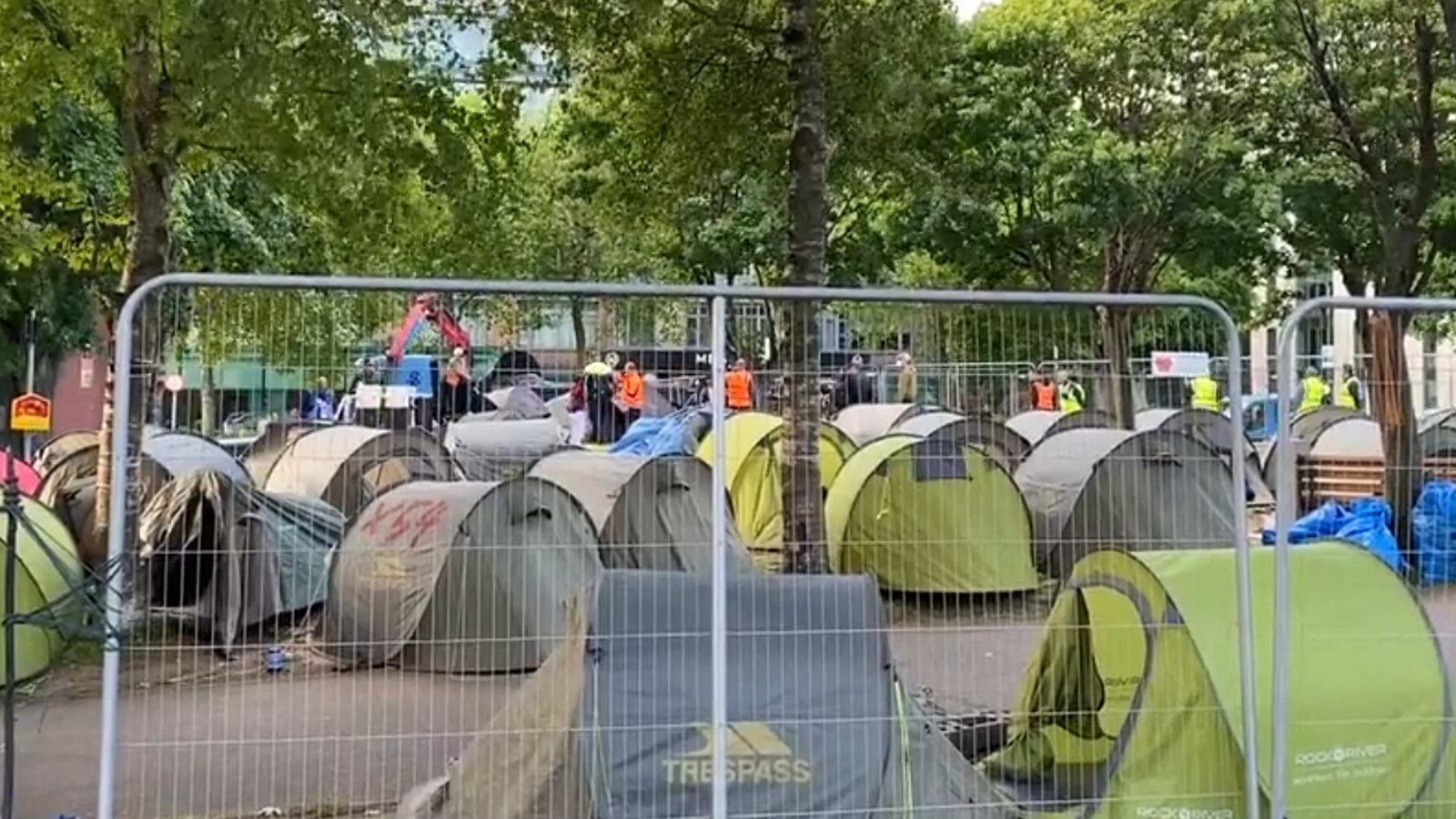Monument to medieval ringfort unveiled in Roscommon
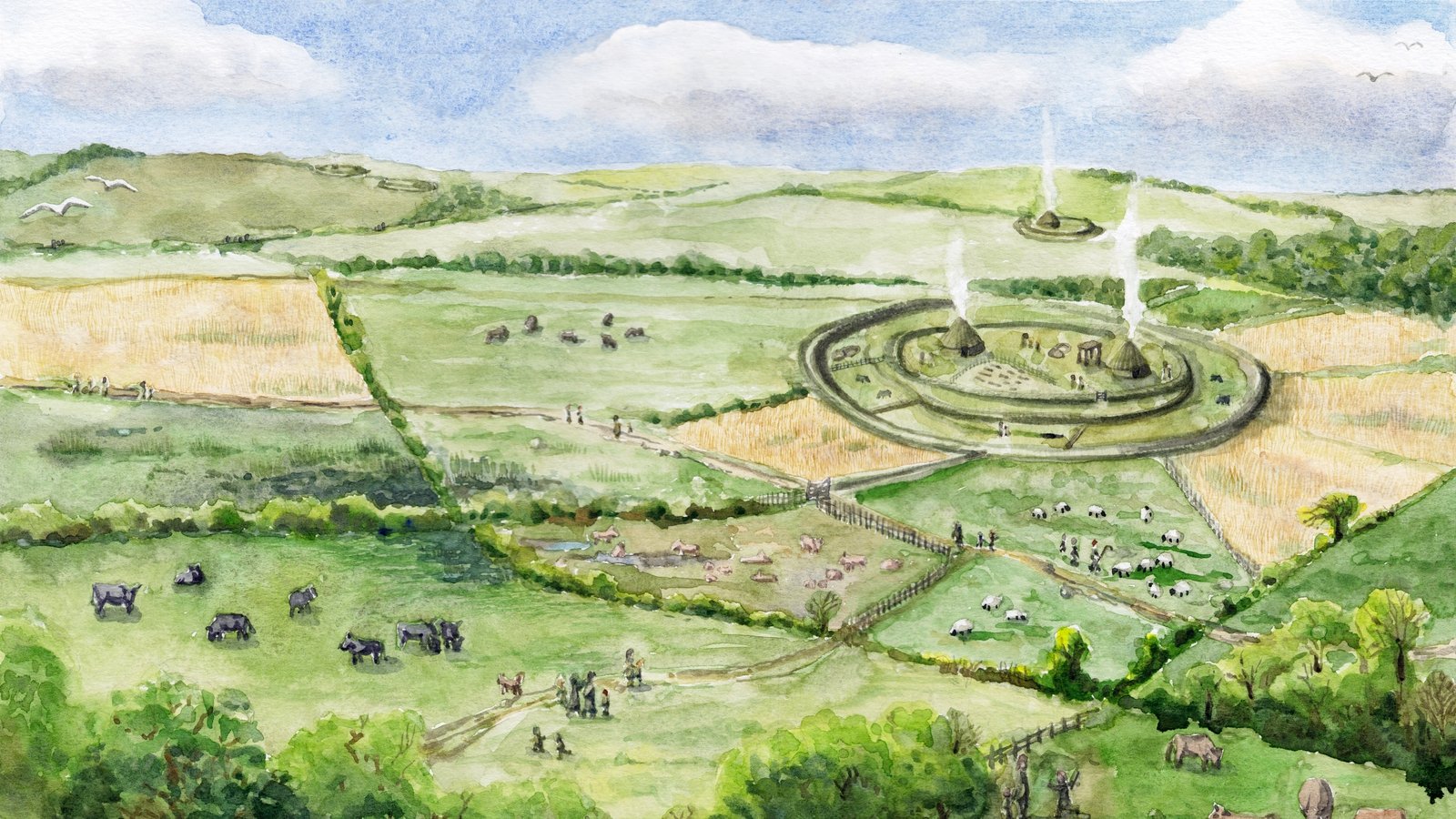
Roscommon town has unveiled a monument to the people of Ranelagh, a medieval ringfort settlement spanning 1,000 years, that was discovered during a road project eight years ago.
Over 650 sets of remains removed from the site – mainly teenagers and babies – are being studied at Queen’s University Belfast for clues about life as far back as the 4th century.
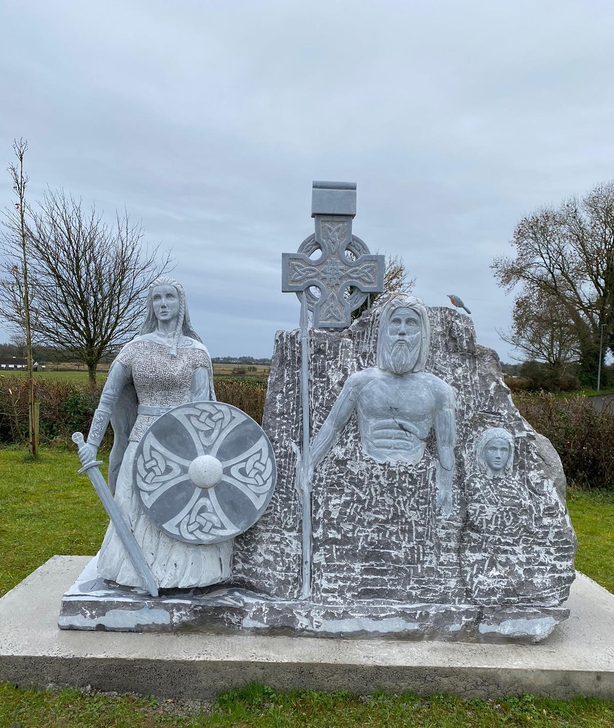
Archeologists say the settlement north of Roscommon town is significant due to the extent of remains and the fact the site was not recorded.
“We just felt that it should be commemorated in some way,” says Marie Gilhooley a member of Roscommon town team.
“There were 655 sets of remains found there and there wasn’t even a monument to commemorate them.”
The new stone carving sits on an elevated site along N61 leaving the town of Roscommon towards Boyle.
Local stonemason Mark Feeley spent a year depicting aspects of life for the men, women and children of the Ranelagh settlement
“I tried to give them a very robust physique,” he says. “Farmers have it hard now, but it was a lot tougher back then.”
Feeley incorporated items found during the excavation – including a belt buckle, brooch and part of a bracelet. A variety of farming and work tools were also discovered.
Significant burial element
The Ranelagh settlement is a variation on a traditional ringfort.
“It had a very significant burial element in addition to the light industrial activity and habitation on the site,” says Martin Jones an Archeologist with Transport Infrastructure Ireland (TII)
Starting in October 2015 a team of archeologists excavated the site over 54 weeks. They found artefacts, animal bones and 655 human skeletons. Over 550 of these were complete skeletons, plus about 100 disarticulated sets of remains. Over 60% of the remains belonged to young people.
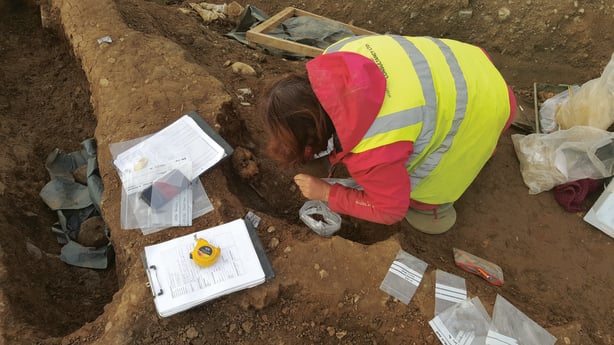
“A huge proportion of those buried on the site were under 18, and a large number of those were under one year,” Martin Jones says.
Studies show Vitamin C and D deficiencies were a factor in the children’s deaths. “Scurvy and rickets were very prevalent on the sites.”
The oldest burial discovered at Ranelagh was a woman who immigrated to the area.
“She would have been about 55-years old when she died – a very old age,” remarks Mr Jones. Ancient DNA analysis suggest she was “Anglo-Saxon and possibly from the Yorkshire area.”
Experts believe the last males were buried on Ranelagh in the 9th or 10th centuries while women continued to be laid to rest there for a further 400 years.
Queen’s University studies
The remains found at the site are the property of the State and are currently housed in the School of Archaeology in Queen’s University Belfast.
According to the National Museum of Ireland, the Ranelagh skeletons remain under the care of Prof Eileen Murphy, where they are being studied and reported on.
“This research has received numerous plaudits. The excavations and research featured in the recently published edition of Current Archaeology People of Ranelagh: Repopulating a forgotten settlement-cemetery in Co Roscommon,” a statement from the National Museum of Ireland said.
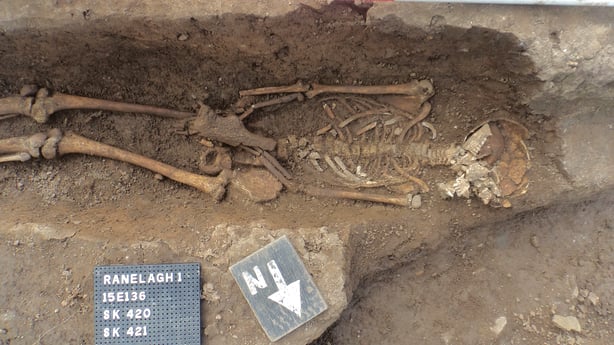
The museum said the remains were excavated because they were found on the route of a roadway and could not be preserved in situ.
“Preservation in situ is always the preferred option but is not always possible. Once current research on the remains is concluded, they will be transferred to the care of the National Museum of Ireland where they will remain accessible for future research.”
“The remains are in Queen’s and will probably never come back here,” says Marie Gilhooley of Roscommon Town Team. “We had nothing physical in Roscommon to remember our ancestors.”
Now that the monument has been unveiled the team hopes to develop an app to tell the story of medieval Ranelagh.
Roscommon locals have engaged with the story of their past. “They are their blood ancestors, so there is a fantastic interest in it,” Ms Gilhooley said.
She recalls older people blessing themselves as they passed the Ranelagh site but archeologists say the ringfort settlement had not previously been recorded on any official records.
“We were surprised to find such a substantial site without having any notion that it might have been there.”
“I carved the pieces with their eyes looking over at the top of the hill,” says Mark Feeley of the characters who now gaze stoically across the N61 road.
“I put tears in the child’s eyes,” he says, to reflect the pain of the children in those times.
“When you’re carving away you are in your own little bubble. Then someone says, ‘I saw the monument’ and it’s great. I’m delighted.”





